Traditionally in orthodontics, most habits are corrected after 6 years of age when the child starts school. The reason for this philosophy has been that most problems in the dentition, caused by habits such as thumb or finger sucking, become less severe and at least partially self-correct as the child matures.
This is usually a result of the child stopping or at least slowing down a sucking habit while in school because of embarrassment.
However, recent research on sleep-related problems in young children has shown there are strong links between these habits and many behavioral and physiological problems, such as attention deficit, hyperactivity, mouth breathing, tooth grinding, daytime sleepiness and poor performance in school.
These associations are often the result of adverse problems in the early dentition, such as open-bites, narrowed palates, receding mandibles and protrusion of the upper arch and front teeth.
For example, a receding mandible, frequently accompanying an active thumb habit, often is responsible for a narrowing of the oropharynx because a retrusive mandible also is the cause of a retrusive tongue, which narrows the airway and reduces the air and oxygen intake of a young child. This is thought to cause many behavior and physiological problems.
Other problems, in addition to those already named, are morning headaches, irritability, bed wetting, talking in sleep, nightmares, a desire to sleep with parents, restless sleep, aggressiveness toward peers and difficulty in school, particularly with mathematics and spelling.
Many of these problems can be the result of other causes, but the association with habitual snoring is so strong that serious consideration should be given to a child’s sleep pattern.
What should the doctor be looking for in a 3- or 4-year-old patient? The most important procedure is to simply ask a parent if his or her child snores rather regularly. Further questions involve the symptoms listed above.
Snoring, however, is a very meaningful diagnostic element to ask about. Is there interrupted snoring involved where a child stops breathing for four seconds or more twice an hour or more? This is called sleep apnea and should be referred to the child’s pediatrician.
Also of importance is labored, difficult and loud breathing, as though the child is having difficulty getting enough air into his or her lungs. This is called hypopnea and should also be referred to a pediatrician.
Enlarged tonsils or adenoids are also strong indications for a referral.
When these symptoms are ruled out, the child probably can be significantly helped by one of three pre-formed, easy-to-wear removable appliances: the Nite-Guide, the Youth Habit Corrector and the Youth Snore Cure.
These appliances are generally used for various problems at this young age. The Nite-Guide is used to advance the mandible and tongue — or prevent them from slipping posteriorly while sleeping — and for cross-bites and occlusal problems as well as TMJ problems in the early deciduous dentition.
The Youth Habit Corrector is to correct mouth breathing, open bites and sucking habits. It also is capable of advancing the mandible and tongue.
The third appliance is the Youth Snore Cure, which also advances the mandible and tongue.
All three appliances can greatly lessen snoring and can also often correct many of the behavior and physiological problems mentioned above.
Anything that can influence a child’s normal sleep pattern, such as sucking habits, open bites, narrow palates and mouth breathing, should be corrected at a young age. All of these things, when left uncorrected, can have a strong influence on normal sleep by restricting the naso- and oropharyngeal airways, which can severely limit the amount of oxygen intake for a child.
(Note: This article was published in Ortho Tribune U.S. Edition, Daily at the AAO, Vol. 5, No. 3.)
New research detailing the dental habits and preferences of Americans was presented to the public as a way to help bring attention to World Oral Health Day,...
NEW YORK, N.Y., USA: Researchers at UCLA have found that a protein that serves as a suppressor of cancer diminishes in skin and mouth epithelial cells as ...
Regeneration of bone tissue could greatly benefit people with jawbone deficiencies due to tooth loss, infection or trauma. While an ideal method of ...
Berkeley, CA, USA: The Eco-Dentistry Association (EDA), an international association of dental professionals who encourage eco-friendly practices, is ...
Both prospective dental implant patients and the general public agree in a new study: oral and maxillofacial surgeons are the most qualified to perform the ...
CHICAGO, Ill. USA: An updated ADA clinical practice guideline, last evaluated in 2012, finds that in general, for patients with prosthetic joint implants, ...
Success of a dental implant can be affected by the width of the alveolar ridge — an indication of the amount of bone available to hold the implant. A ...
NEW YORK, NY, USA: Organizers of the Greater New York Dental Meeting (GNYDM) have announced that this year’s event will feature not one but two live ...
Dr Joshua Austin is a practising restorative dentist from San Antonio in the US and speaks on practice management and clinical dentistry. In his upcoming ...
Summer comes early to Colonial Williamsburg. Poppies, our nation’s brilliant symbol of remembrance, are in full bloom by Memorial Day. I just love the...
Live webinar
Wed. 14 January 2026
12:00 PM EST (New York)
Dr. Théo Laplane, Dr. Robert Gottlander DDS
Live webinar
Fri. 16 January 2026
12:00 PM EST (New York)
Live webinar
Mon. 19 January 2026
1:00 PM EST (New York)
Philipp Kopp, Michael Seeber
Live webinar
Thu. 22 January 2026
9:00 AM EST (New York)
Prof. Judith Jones D.D.S; M.P.H., Prof. Kakuhiro Fukai D.D.S., Ph.D, Dr. Bathsheba (Bethy) Turton
Live webinar
Thu. 22 January 2026
2:00 PM EST (New York)
Dr. Nicola M. Grande DDS, PhD
Live webinar
Wed. 28 January 2026
8:00 AM EST (New York)
Live webinar
Wed. 28 January 2026
11:00 AM EST (New York)
Prof. Dr. Jan-Frederik Güth



 Austria / Österreich
Austria / Österreich
 Bosnia and Herzegovina / Босна и Херцеговина
Bosnia and Herzegovina / Босна и Херцеговина
 Bulgaria / България
Bulgaria / България
 Croatia / Hrvatska
Croatia / Hrvatska
 Czech Republic & Slovakia / Česká republika & Slovensko
Czech Republic & Slovakia / Česká republika & Slovensko
 France / France
France / France
 Germany / Deutschland
Germany / Deutschland
 Greece / ΕΛΛΑΔΑ
Greece / ΕΛΛΑΔΑ
 Hungary / Hungary
Hungary / Hungary
 Italy / Italia
Italy / Italia
 Netherlands / Nederland
Netherlands / Nederland
 Nordic / Nordic
Nordic / Nordic
 Poland / Polska
Poland / Polska
 Portugal / Portugal
Portugal / Portugal
 Romania & Moldova / România & Moldova
Romania & Moldova / România & Moldova
 Slovenia / Slovenija
Slovenia / Slovenija
 Serbia & Montenegro / Србија и Црна Гора
Serbia & Montenegro / Србија и Црна Гора
 Spain / España
Spain / España
 Switzerland / Schweiz
Switzerland / Schweiz
 Turkey / Türkiye
Turkey / Türkiye
 UK & Ireland / UK & Ireland
UK & Ireland / UK & Ireland
 International / International
International / International
 Brazil / Brasil
Brazil / Brasil
 Canada / Canada
Canada / Canada
 Latin America / Latinoamérica
Latin America / Latinoamérica
 China / 中国
China / 中国
 India / भारत गणराज्य
India / भारत गणराज्य
 Pakistan / Pākistān
Pakistan / Pākistān
 Vietnam / Việt Nam
Vietnam / Việt Nam
 ASEAN / ASEAN
ASEAN / ASEAN
 Israel / מְדִינַת יִשְׂרָאֵל
Israel / מְדִינַת יִשְׂרָאֵל
 Algeria, Morocco & Tunisia / الجزائر والمغرب وتونس
Algeria, Morocco & Tunisia / الجزائر والمغرب وتونس
 Middle East / Middle East
Middle East / Middle East


































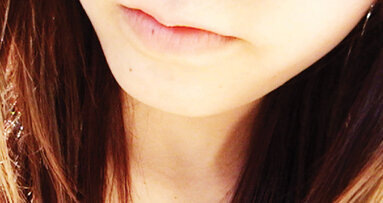
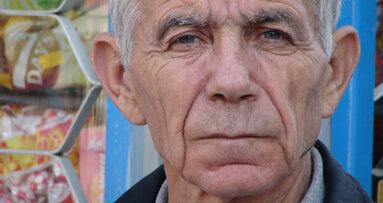
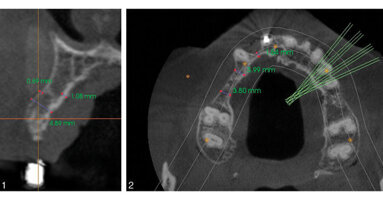
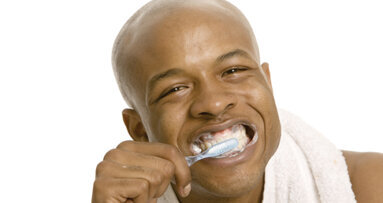

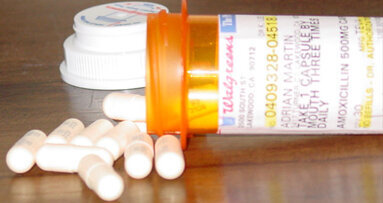
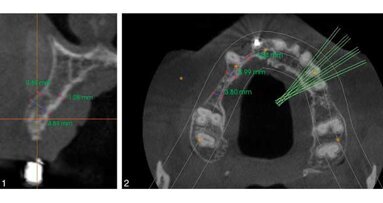
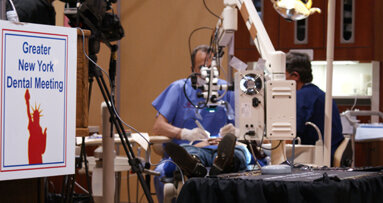
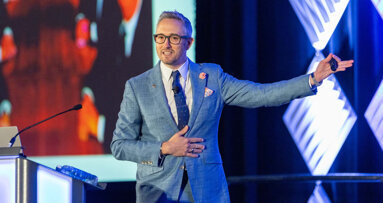


















To post a reply please login or register